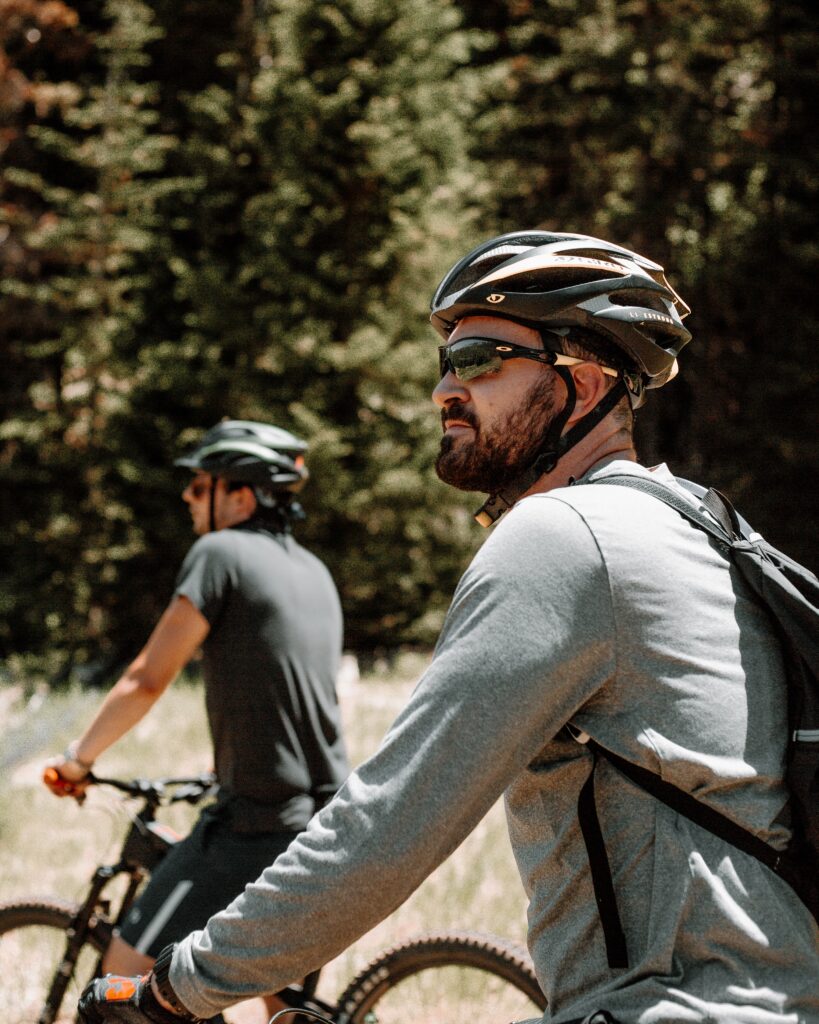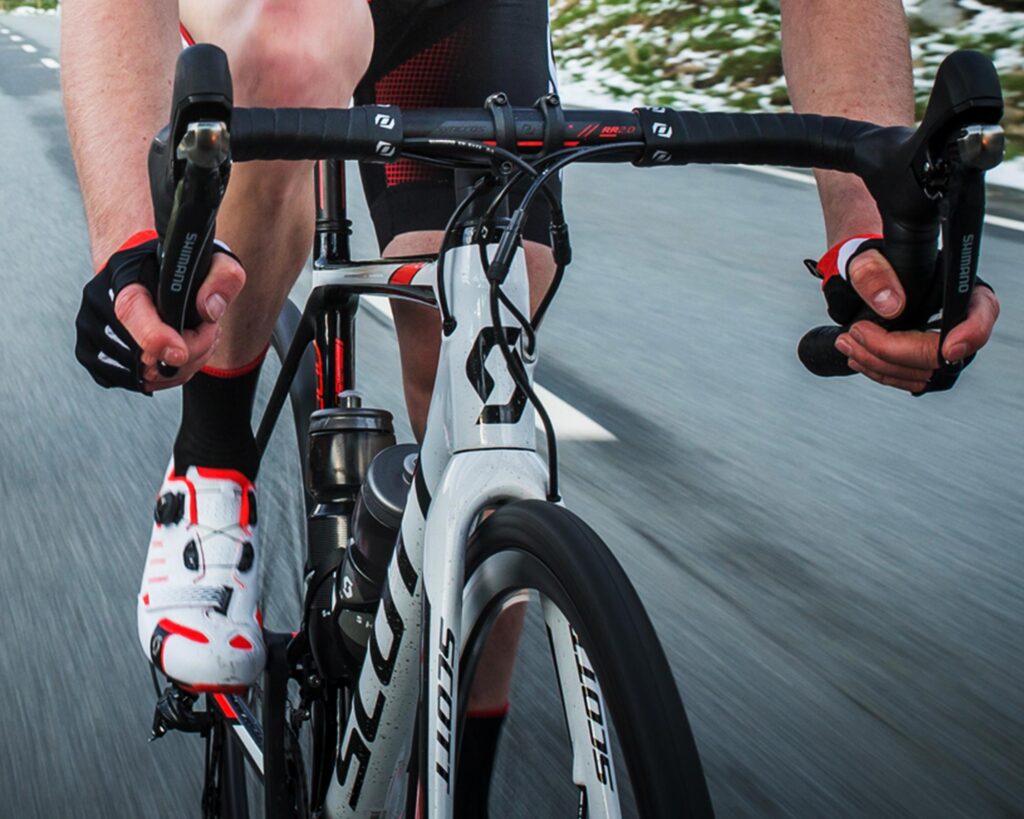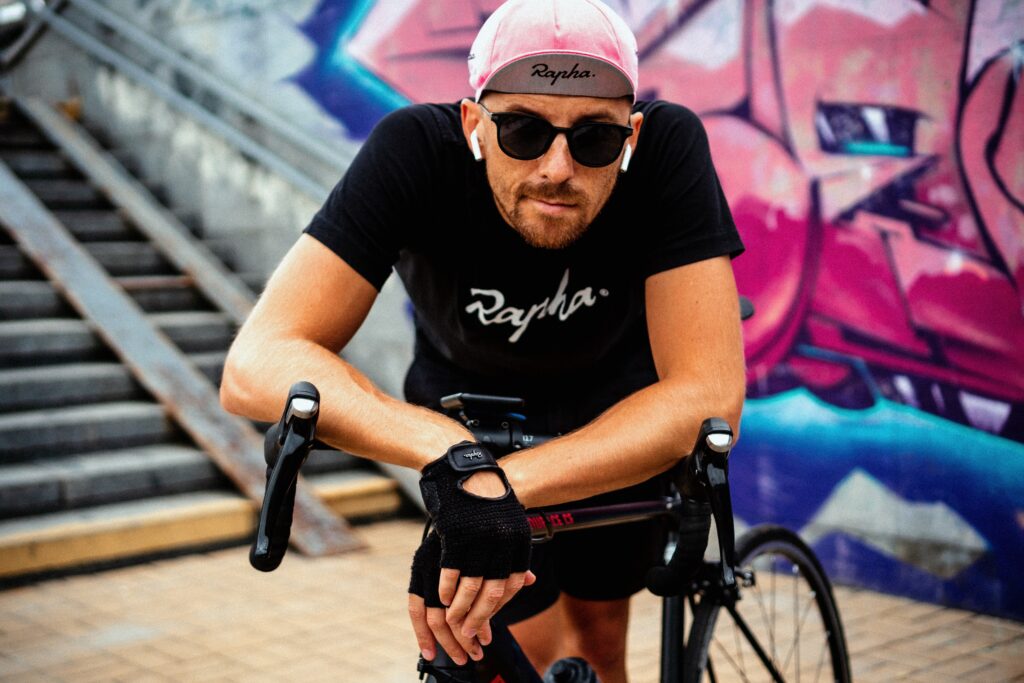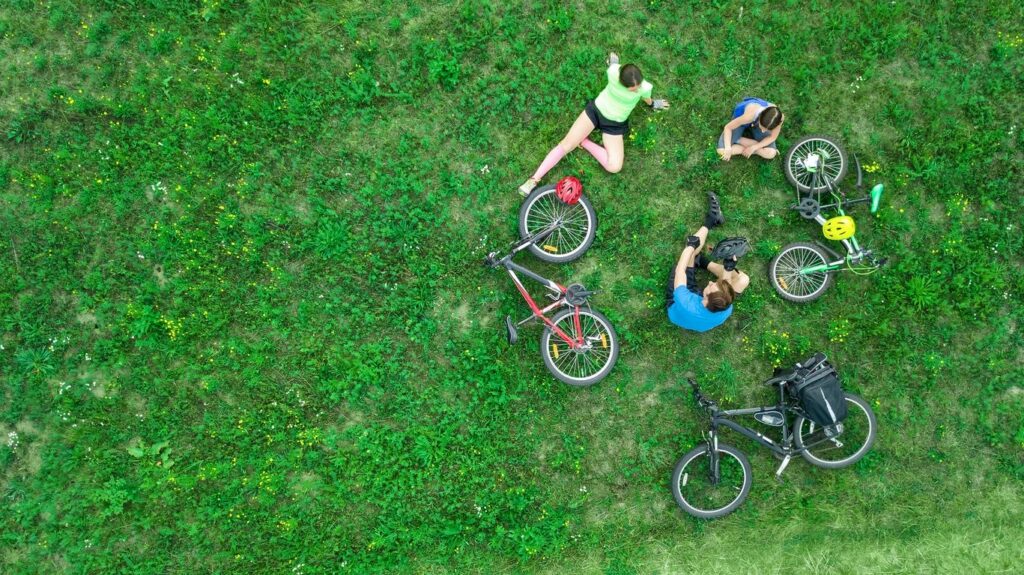New to Cycling
The number of Americans who ride bikes daily is increasing—which is great for the environment and for our health.
If you are starting as a new rider, this article can give you a few tips to make your cycling experience better and safe.
Tips to improve your cycling
The following tips will make your riding experience worthwhile:
Protect your head:

Almost 60 percent of cyclists’ deaths in the U.S happen due to head injuries. These deaths could be avoided if every cyclist commits to wearing their helmet.
It is important to wear your helmet every time you cycle and ensure that your kids wear one as well. Although many states actually have laws for bike helmets, you should always wear one.
Do not pedal in high gear for long periods:
Try to keep your pace between 70 and 90 RPMs. High gear puts an added strain on your knees and other joints.
Use your gears:
When you climb a hill, shift into a gear that is in the right range to get you to the top of the hill without straining your knees.
Get a good bike fit:
When your bike is set to fit your body, riding will be easier, efficient and the soreness and pain are reduced during and after the ride.
Get the right saddle:
Having the right saddle makes a huge difference during your ride. A thick paddle may not give you a comfortable ride, hence, choose a longer seat that has a cutout.

Change position while riding:
To keep your arms, hands, and rear from getting numb during or after an extended ride, move your rear end around the saddle and your hands around the bars.
Do not ride with headphones on:
It is very dangerous if you do not hear noises of traffic around you or an emergency vehicle off to your side or behind you. If you have to listen to music, attach a clip-on radio with a speaker to your jersey.
Know the rules:
Obey all the traffic rules and road signs while riding and keep a close eye on cars in front to know what they are going to do.
Mistakes to Avoid
Here are some of the blunders that you should avoid to have a safe and enjoyable ride:
Wrong saddle height
If your saddle is too high, you risk joint and tendon injury—but if it is too low, you will be less efficient and uncomfortable. There are several ways to determine the saddle height but the most important rule is that your knee should be 25-35 degrees from straight when the paddle is at the bottom of the stroke.
Not using gears
Most newbies walk their bike up the gentlest slopes and grind along in the highest gear. Rarely you find the rider’s legs spinning when at 5mph speed because the bike is in low gear. Most beginners don’t get used to gears because the bike’s gears are more complicated than car gears. However, newbies troubled by gears should inform themselves beforehand.
Ask how to use the gears at your bike shop. Get them to tell you the easiest gears that will help you get up the hill, and those fast gears for speed downhill, on the flat and how to shift them.

Play with the gears. Get somewhere empty like a parking lot or a back street and ride around changing gears. Using the shift levers on the lefthand side, change between chainrings and feel how difficult it is to pedal in the big ring and easier in the small.
Using the tight hand levers, click between the rear gears and you will find there is a smaller difference than when at the front, which allows you to finely tune the gear you are using.
Buying a bike with too high gears
Some bikes have high gear ranges because they are specifically set for racing therefore unless you intend to race or live in the Fens, a bike with lower gears is better to easily ride up hills. Always go for a compact with between 34 and 50 tooth chainrings.
Have a look at the rear sprockets and go for a large sprocket with between 28 to 32 teeth; this will help you spin easily up hills as it gives you a low bottom gear.
Not using the 30-day service check
Most shops offer 30 days of free service after buying your bike. It gives the shop a chance to ensure that brakes and gears are working appropriately, to check the wheels are true and that the cables have had a chance to bed in.
However, most people don’t take their bikes in for this free service. This is a shame because this free check gives you a chance to chat with the shop attendant and get answers to all your cycling questions.
Neglecting your bike shop
Although there are amazing online prices for bikes, it is worth building a relationship with your bike shop. A bike shop is normally a center for cycling community whether for the triathlon, mountain biking, club riding or racing, as well as a place to acquire technical advice.
Getting the right shop for you is a good way to advance your riding and tap into the local scene.
Wearing the wrong clothes
Certain clothes do not work for cyclists. However, you do not have to look like a Team Sky member to cycle. Jeans, for example, are too stiff for riding while cotton can get heavy, clingy, and cold if it rains. A cotton t-shirt can work well during a summer day but not for cold weather.

Wearing underwear under the shorts
Wearing underwear with riding shorts is a bad idea. The importance of cycling shorts is that as you pedal, the material moves with the body, and the pad that sits near your skin protects you from abrasion.
Underwear of any type interferes with that. If you cannot wear Lycra alone, you can have a look at the shorts that have an inner snug with a pad.
Attacking hills
Pacing is the trick to hills. For newbies, learn to pace yourself by starting on the lowest gear. Breathe steadily, spin easily, and find a rhythm that could sustain you all day. It is time to click up the gear and pick up the pace when you are completely comfortable.
Your heart rate monitor can be useful to measure your level of effort.
Wrong eating
Cycling needs enough glycogen stores. When your ride lasts for hours and you have used up all the glycogen in your liver and muscles, you could feel wobbly and light-headed and may need to stop for food.
However, it is not good to let things get to that stage. Eating often in small portions while riding will help. Have stopovers at food shops for energy drinks, sandwiches or dried fruits. However, it’s important to not overdo the eating either because a full stomach can make you sluggish or leave you nauseated. You can get post-lunch syndrome with a full belly where you feel you cannot ride.
Over-reaching

It is tempting to throw yourself into mega miles if you are fit especially from another sport. However, even if your heart and lungs are in good shape from say, running, your pedaling muscles cannot be.
Therefore, build up gradually to avoid risks of over-use injuries and fatigue arising from pounding into big distances. You will soon be knocking out miles with a little patience.
Forgetting spares
It doesn’t require a lot to save yourself mechanical trouble on the road, but without any knowhow, some things could go wrong. The most essential things are the pump, tire levers and a couple of spares, which will help you out if you have a flat tire. Have a multi-tool to be able to tighten things that might come loose during your ride.
Not using suncream
There is plenty of ultraviolet that might damage your skin even if it’s a cloudy day. You might not feel the burning with the breeze on your face. Therefore a suncream with a sun protection factor of about 50 should be applied 20 minutes before your ride.
Keep topping it off every couple of hours since sweat can wash it off. Apply a lot to more exposed areas like the top of your knees and the back of the neck.
Thinking its easy to be at the front
As a newbie, you still got a lot to learn about moving and positioning in a line of riders. The greatest mistake is thinking that it will be easy taking a turn on the front because you do not have to work very hard.
Another common error is trying to stay at the back of the group to give way to the most experienced riders. It is better to ride near the front because you can easily respond if the pace picks up.
Getting Used to Cycling
Knowing the tricks of riding as a newbie will help you navigate the riding adventure with ease. Following the above tips and avoiding the mentioned mistakes will take your cycling skills to the next level.

